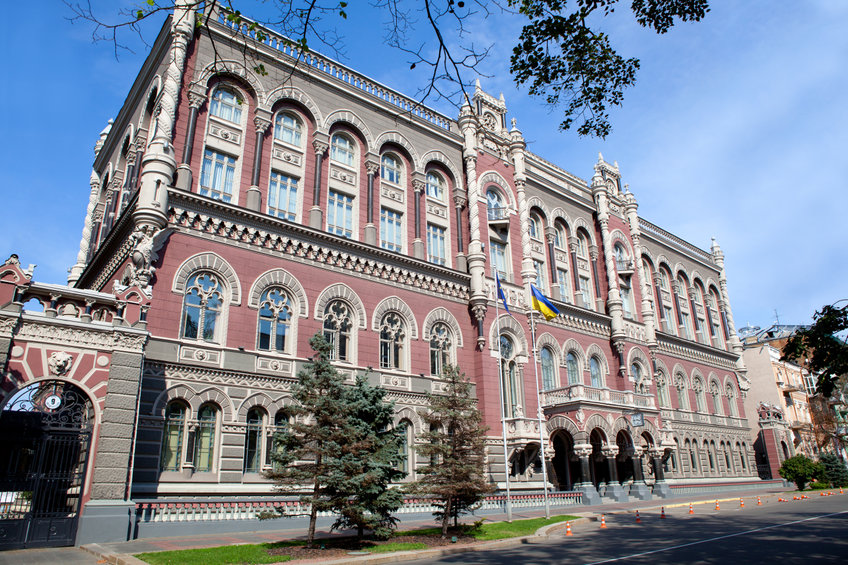
- Diese erhöhte Korrelation ist in erster Linie auf die Entscheidung der Fed zurückzuführen, die Geldpolitik zu straffen
- Die Korrelation von Bitcoin mit dem Dollarstärkeindex ist so hoch wie im März 2020
Analysten von Arcane Research haben einen Bericht veröffentlicht, in dem detailliert beschrieben wird, dass die 30-Tage-Korrelation von Bitcoin mit den Aktien Höhen erreicht hat, die seit Juli 2020 nicht mehr gesehen wurden. Der Beitrag enthüllte, dass die Korrelation des Flaggschiff-Krypto mit Gold jetzt auf einem Allzeittief ist, was alle sind rückläufige Indikatoren für den führenden Digital-Asset-Token.
Darüber hinaus stellte sie fest, dass die Korrelation von Bitcoin zum US-Dollar-Index 0,53 erreicht hatte, den höchsten Wert seit März 2020, da der USD weiter an Stärke gewinnt.
Auswirkungen der US-Notenbankpolitik
Ein wichtiger Grund für diese Verschiebung ist die Politik der US-Notenbank. Während der führende digitale Vermögenswert nach Marktkapitalisierung für den größten Teil des Jahres 2021 als Absicherung gegen Inflation galt, ändert sich die Erzählung.
Obwohl die US-Notenbank die Zinssätze im Januar beibehalten hatte, deutete sie an, dass sie einen aggressiven Ansatz verfolgte. Sie werde die Zinsen im Laufe des Jahres anheben, um der Inflation entgegenzuwirken, mit dem Ziel, sie langfristig auf 2 % zu senken.
Während die Europäische Zentralbank (EZB) eine entspanntere Haltung gegenüber der Inflation in Europa einnimmt, hat die Entscheidung der US-Notenbank, die Geldpolitik am ehesten zu straffen, zu einer erhöhten Korrelation mit Technologieaktien geführt.
„Der stärkere Dollar ist das Ergebnis der restriktiven Haltung der FED und der verstärkten Erwartungen einer schnelleren Straffung der US-Politik, während die EZB und andere Zentralbanken zurückhaltender sind. Lagarde von der EZB hat kürzlich kommentiert, dass die EZB keinen klaren Zeitrahmen dafür hat, wann die EZB-Zinsen den Anstieg beginnen werden und die EZB reagierte gemäßigter auf die Inflationsnachrichten, als der Markt erwartet hatte“, erklärte der Blogbeitrag.
Was bedeutet das?
Die Korrelation zwischen Bitcoin und Technologieaktien wurde für die Kryptomärkte als pessimistisch angesehen. Arcane Research erklärte, dass die schlechte Performance von Technologieaktien seit November ein Swing-Faktor für die schlechte Performance der Kryptomärkte in den letzten Monaten gewesen sei.
Tatsächlich befindet sich die Korrelation mit Technologieaktien seit März 2020 auf einem erheblichen Niveau, was darauf hindeutet, dass Anleger Bitcoin mit anderen risikobehafteten Vermögenswerten kategorisieren.
„Inflationserwartungen und die FED-Politik wirken sich auf die Technologie aus. Die Kreditkosten werden teurer und die Wachstumsprognosen verengen sich. Die erhöhte Korrelation von Bitcoin mit Technologieaktien seit März 2020 zeichnet ein Bild von institutionellen Anlegern, die Bitcoin mit anderen Risikoanlagen bündeln.“
Mit zunehmender Akzeptanz wird jedoch erwartet, dass die Korrelation von den heutigen astronomischen Niveaus abfällt.
The post 30-Tage-Korrelation von Bitcoin mit Technologieaktien wie im Juli 2020 appeared first on BitcoinMag.de.




